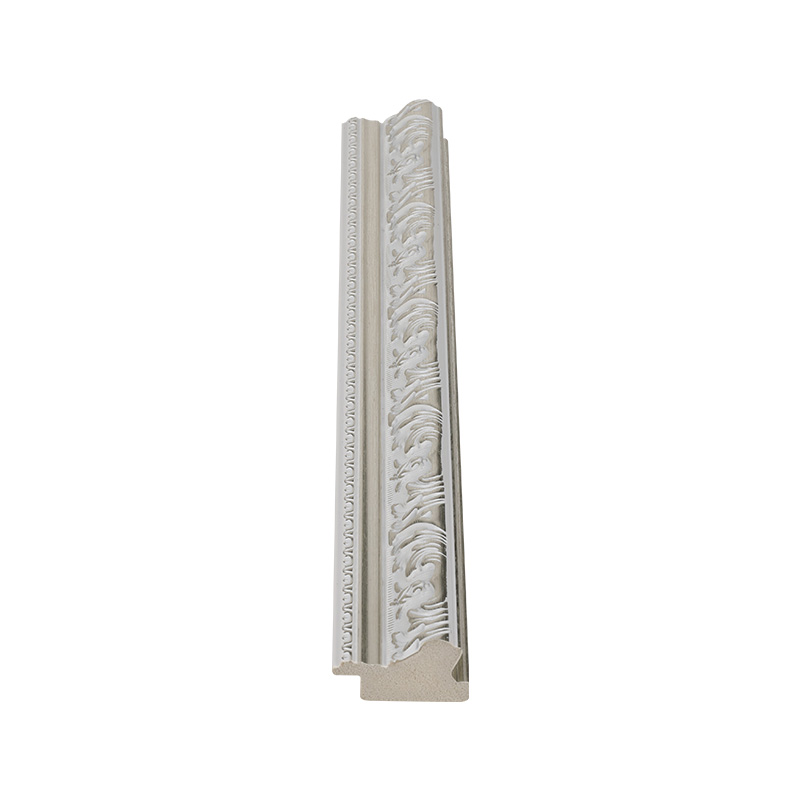High Quality PS Decorative Frame Mouldings Maker in China
In the world of interior and exterior design, the choice of materials is critical, especially when considering the potential threats that can compromise the integrity and aesthetics of architectural elements. One such concern is the susceptibility of decorative moldings to pest infestations. PS Decorative Mouldings, with their increasing popularity, raise the question of how well they stand up against the damaging effects of insects. This article will explore the resilience of PS Decorative Mouldings to pest damage, offering insights into their composition, installation, and maintenance practices that can mitigate the risk of infestations.

PS Decorative Mouldings are crafted from a material that is inherently less attractive to pests compared to natural wood or organic materials. The polymer-based composition of PS Decorative Mouldings means that they do not contain the cellulose that many insects, such as termites and carpenter ants, seek for sustenance. This inherent resistance to pest damage is a significant advantage of PS Decorative Mouldings over traditional wood moldings, which are more prone to infestations and subsequent structural damage.
However, it is important to note that no material is entirely immune to pest infestations. Even PS Decorative Mouldings, while less likely to be targeted, can still be affected if not properly installed and maintained. Proper installation involves ensuring that there are no gaps or crevices where pests can hide or enter. This is particularly important in areas where the moldings are in contact with other materials that may be more susceptible to infestations, such as wood framing or untreated lumber.
Maintenance of PS Decorative Mouldings is relatively straightforward and can further reduce the risk of pest infestations. Regular cleaning with a mild detergent and water can help to keep the moldings free from dust and debris, which can sometimes attract pests. Additionally, inspecting the moldings for signs of damage or wear can help to identify any potential issues early on, before they become more serious problems.
Another factor to consider is the environment in which the PS Decorative Mouldings are installed. High humidity and damp conditions can create an environment that is more conducive to pest activity. In such cases, it is crucial to ensure that the moldings are installed in a way that allows for proper ventilation and that any moisture issues are addressed promptly.
The durability of PS Decorative Mouldings is also a factor in their resistance to pests. These moldings are designed to withstand the test of time, withstanding changes in temperature and humidity without warping or cracking. This durability means that the moldings are less likely to develop the types of damage that can make them more susceptible to pest infestations.
In conclusion, PS Decorative Mouldings offer a significant level of resistance to pest infestations due to their polymer composition and durability. However, it is essential to follow proper installation and maintenance practices to ensure that the moldings remain in suitable condition and to reduce the risk of pest damage. By understanding the properties of PS Decorative Mouldings and taking the necessary precautions, homeowners and builders can enjoy the benefits of these moldings without the worry of pest-related issues.


 English
English Français
Français عربى
عربى






